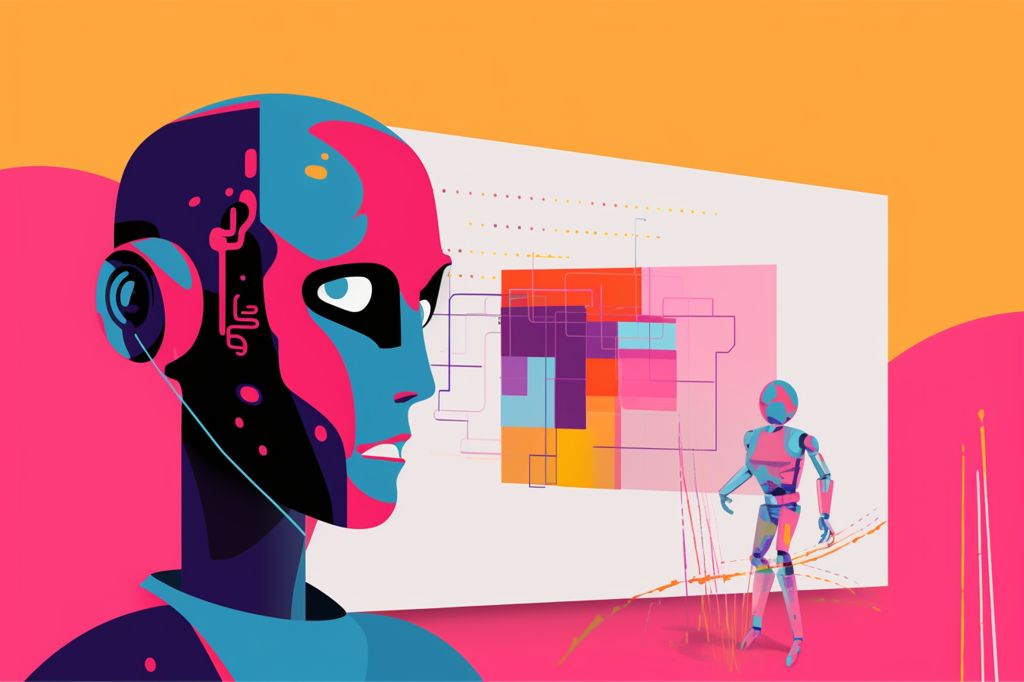New Regulations to Combat Disinformation
Social media giants like Google and Facebook have been called upon by the European Union (EU) to start labeling content and images generated by artificial intelligence (AI) as part of a broader initiative to combat disinformation from Russia. Alongside this, the EU has warned Twitter about the possibility of facing sanctions if they do not comply with the new digital content laws, which come into effect across the bloc on 25 August.
Twitter under EU’s Radar
Two weeks ago, Elon Musk’s company, Twitter, left the EU’s voluntary code of practice. Consequently, the company could face a fine of up to 6% of its global revenue (estimated at £145m) or face a ban across the EU if it does not operate under the Digital Services Act (DSA). This decision by Twitter is considered highly unfavorable by Věra Jourová, a European Commission vice-president, who described it as “a mistake.”
EU’s Action Plan Against Russian Disinformation
In light of the ongoing efforts to tackle Russian disinformation, the EU has requested Facebook and other tech companies to invest more resources in fact-checking, particularly for minority language content and in eastern Europe. The primary goal is to safeguard democracy and protect the EU’s interests.
Labelling AI Content: A Clear Message for Users
To achieve this objective, the EU has asked companies to create meaningful labels for AI-generated content that users can easily identify while browsing. For instance, content generated by AI could be labeled with phrases like “this is the robot talking.” According to Jourová, social media companies have a responsibility to address the “dark side” of AI, with its potential to generate fake events and voices in a matter of seconds.
Google and OpenAI facing Open Source Competition
In a recent internal memo from Google, an AI researcher claimed that the real competitive threat to Google’s generative AI initiatives was not OpenAI but open-source communities. This memo highlighted the power of ecosystems and their potential for driving innovation.
The open-source community has made rapid advancements in AI that rival Google and OpenAI’s large language models (LLMs). Meta’s LLaMA, a foundation model released as open source, has allowed developers worldwide to build on it and achieve levels of performance similar to those of Google’s Bard and OpenAI’s ChatGPT, but with significantly lower costs.
The Power of Ecosystems and Platforms
The memo concluded that “the value of owning the ecosystem cannot be overstated.” By dominating the platform where innovation occurs, large companies like Google can set the direction and shape the narrative of ideas that surpass their limits. However, the success of a platform often relies on the developers and innovators who choose to build on it, making ecosystems a crucial factor in fostering innovation.
Ecosystems enable a diverse range of developers, startups, and individual innovators to address specialized customer needs and create niche products, while platforms offer a centralized foundation for apps to interoperate. In turn, large companies can leverage their significant user bases to serve as a coordinating force for the apps built on their platform.
When an ecosystem thrives, it becomes increasingly challenging for competitors to overpower it. By focusing on ecosystems, generative AI has the potential to revolutionize the way we approach content creation and dissemination.

